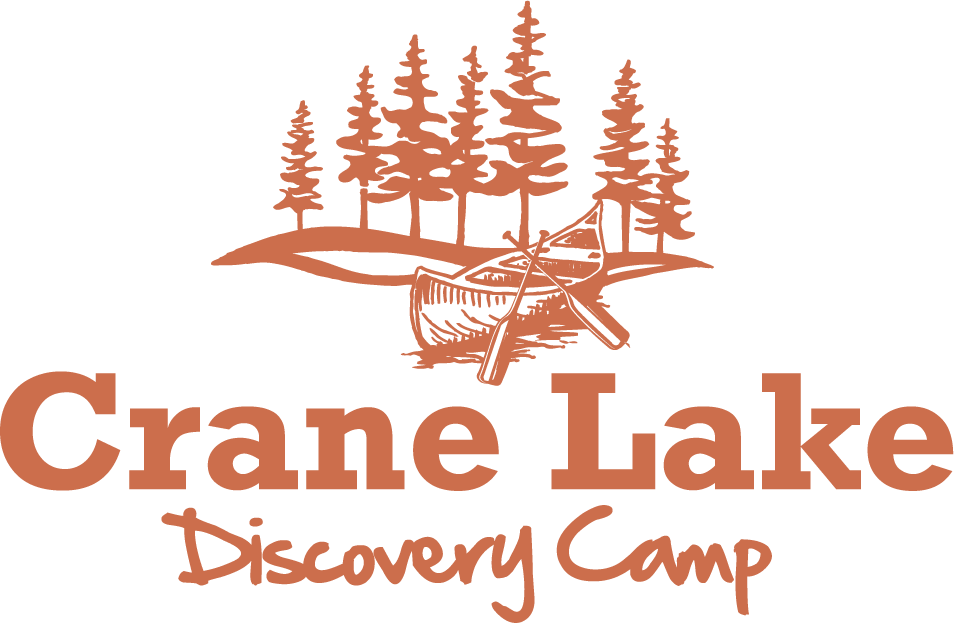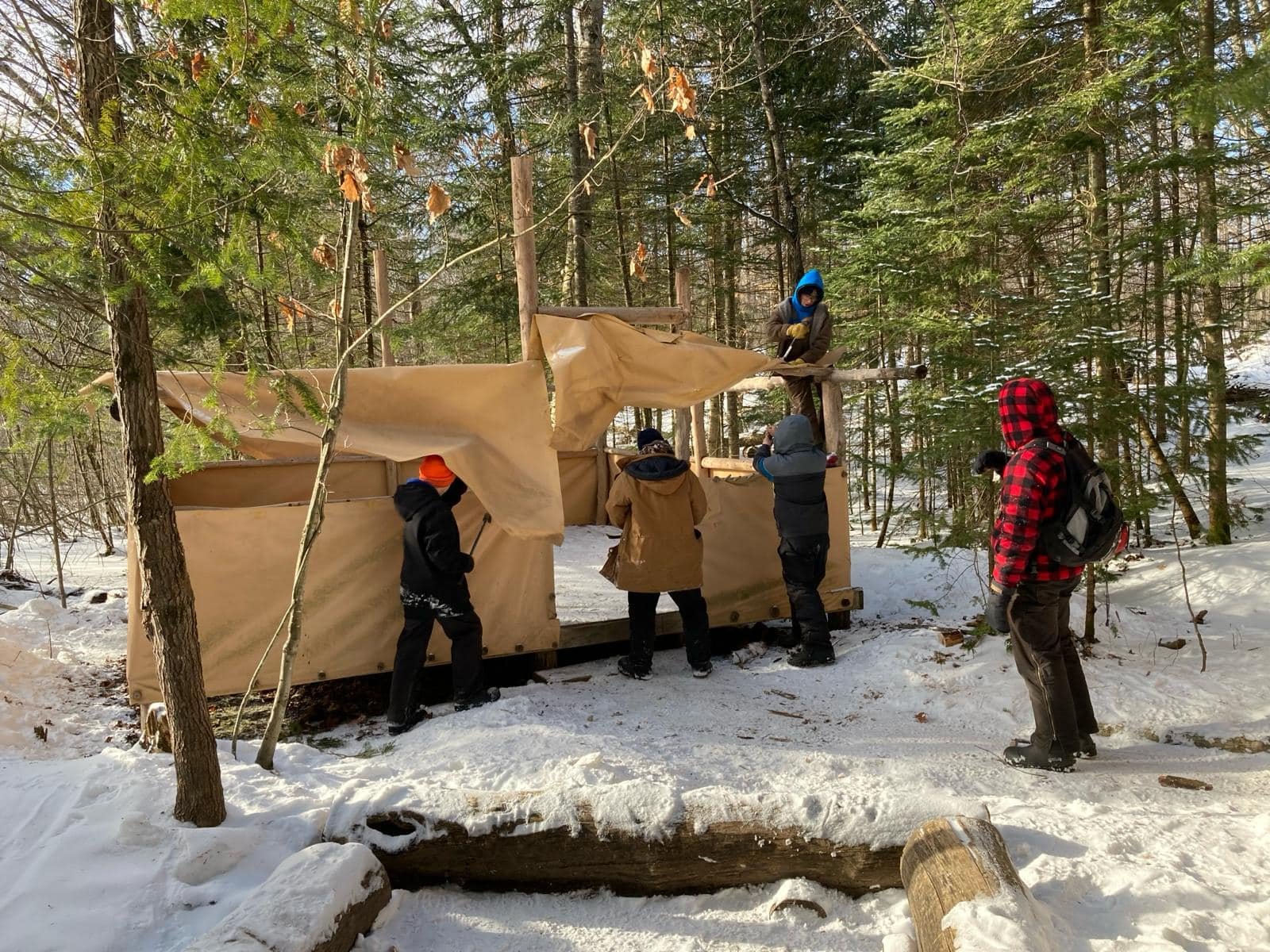Math is useless (and other myths)
One of the tent shelters at the boys’ campsite had seen better days. The tarps were leaking and the floor was rotting (don’t worry, no one was using this tent!). With warmer weather, the boys decided that it was time to start dismantling it and building a new one in its place.
But first, a lesson on architecture. The leaders described different framing designs for tents and explained the features of an architecturally sound structure: king posts, door posts, other posts, ridge beam, rafters, top rails, tie rails, rim joists, floor joists, flooring, and tarps. Does this sound boring?
How do you learn?
Some people love reading books and can learn on their own. Others learn well in a classroom setting, with group lectures and homework. How many times have you said (or heard) the familiar refrain, “What did you learn at school today?” Reply: “Nothing”. Or the old argument: “I don’t see why I have to learn this math stuff; I’ll never use it again.” Not everyone thrives in a classroom environment.
At Crane Lake Discovery Camp, we use experiential education, slipping learning alongside what the boys are already curious about and doing. When they have a task, the boys are eager to figure out how to do it. Learning isn’t theoretical, but practical.
One of the things boys love the most at camp is building their own tent structure. They might not like math, or drawing, or writing, but they are going to have to use all of those in order to complete their mission. Their eyes might glaze over when they are sitting through an explanation of the parts of the shelter, but they are eager to get started on their project.
The boys set to work dismantling the crumbling tent. First, they remove the tarps, uncovering the elements they’ve just talked about. As they work, they name the various posts and beams so everyone is familiar with the parts of the shelter.
Now that the tarps are all off, the frame is easy to see. They take a good look at the frame, and then take it apart. The boys were happy to reclaim the wood of the frame for firewood (you’ll see what they did with it later).
Next: they need to design the replacement tent. The staff hand out graph paper, pencils, rulers, erasers, and everyone gets to work drawing the design for a new tent.
It requires careful thought and calculations to get the drawing to scale. And lots of erasing and pieces of graph paper.
The boys were happy to present their finished work to everyone. The best part? They’ll actually be building a tent together in the next months. They’ll be choosing trees for the various size posts and beams, felling them, stripping them, and then building the structure together.
Oh, about the recycled firewood.
Last month, the boys had been learning about collecting sap and making maple syrup. The borrowed boiler was returned, but they still had some leftover sap. The boys decided to make their own syrup at campsite. They collected tin cans and boiled the leftover sap to make their own syrup. We’re so thrilled to see their initiative in taking what they’ve learned and adapting it to what they had available.
This is experiential education, where learning follows curiosity and doing.








